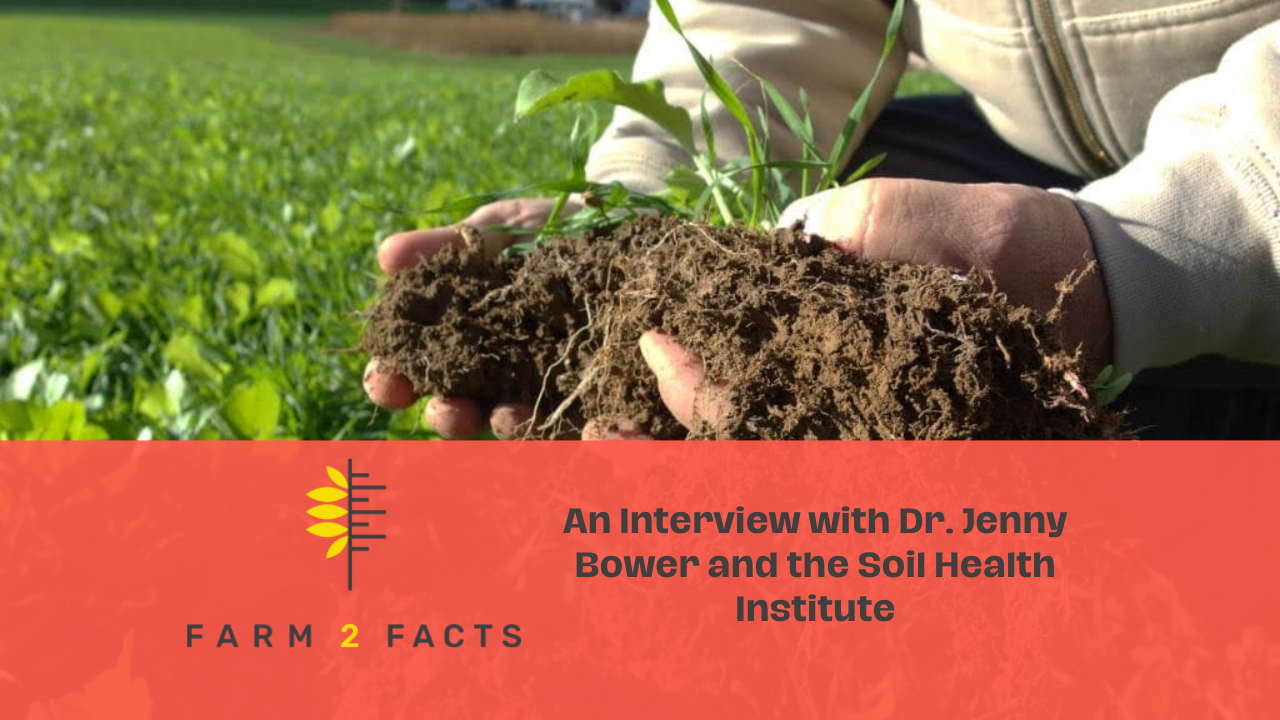
Written by Liz Khomenkov
This past week we sat down with Dr. Jenny Bower, a research soil scientist from the Soil Health Institute, to talk about their role in the Southern Piedmont Climate-Smart Project (SPCSP) and what soil has to do with environment-friendly farming.
The Southern Piedmont region is a major land resource area with loamy soils, meaning it has relatively equal parts sand, silt, and clay, making it ideal for growing food. These soils can hold enough moisture to nourish plants, but also drain well so that enough air reaches the roots and keeps the crops healthy. Historically, this area has been used by farmers to not only support their families, but to enrich the local and regional economy.
So, what role does the Soil Health Institute play in the SPCSP?
The Soil Health Institute is performing all the soil sampling and analysis for the project. They are analyzing the soils of the participating farms for health indicators such as soil carbon stocks, respiration rates, aggregate stability, and fertility. Part of the work here, Dr. Bower says, is figuring out which soil health indicators are the best for scalable data without creating unnecessary duplicates. The Institute is working with farmers to group the soil sampling, create a map of all the soils, and plan for future soil testing. They also hope to introduce a smartphone app that will assist farmers in measuring soil aggregate stability.
What can farmers do to improve or maintain the health of their soils?
Dr. Bower refers us to the Natural Resources Conservation Service’s (NRCS) “Principles to Manage Soil for Health.” These are to maximize the amount of living roots, to minimize disturbance, maximize soil cover, and maximize biodiversity. She says these can be practiced in all kinds of growing spaces, from backyard gardens to large-scale farming operations. Farmers are very invested in the quality of their soils, as they are a major indicator of the health and vitality of the crops they produce.
But, what do these principles entail?
The Southern Piedmont Climate-Smart Project asks the participating farmers to introduce a cover crop rotation into their vegetable rotation. What this means is that in between vegetable crops planted on the same field, the farmer will plant a “cover crop,” to maintain or build nutrients in the soil. One of the most popular cover crop examples is clover. Different varieties of clover are planted as cover crops due to their ability to draw down nitrogen, a vital nutrient, into the soil. Instead of applying copious amounts of nitrogen fertilizer, farmers can get some or all of the nitrogen needed by planting clover on their fields. Cover crops also protect the bare fields from soil erosion and weeds, which abides by the NRCS principle to maximize soil cover. Covering the soil during the “off season” helps the soil maintain a stable temperature and moisture levels. In addition, planting extra crops in between sale crops allows farmers to both increase the biodiversity of their fields and maximize living roots in their soils. In all, cover crops will reduce the need for farmers to disturb their soils, meaning they will have to till less, which will reduce the amount of greenhouse gasses their soils will emit.
Dr. Bower is excited for the soil sampling results to start coming in. She is hoping that with the economic incentives for farmers, they will be able to see climate-smart practices in a positive light. Dr. Bower is also excited to work on a project where farmers and soil scientists can work side by side to improve the health of the soils of the Southern Piedmont.
So, what are the key takeaways from this project in terms of soil science?
Dr. Bower hopes that the soil sample findings will educate both the scientific community and farmers on what practices are working to improve conditions in vegetable systems. In Dr. Bower’s eyes, seeing soil health statistics improve on small-scale and mid-scale vegetable farms will be a huge success. It’s easy to tell farmers what is best from a research standpoint, but farmers know their own land best. Working directly on-farm with the producers will be eye-opening for the project and help guide future soil practices.
